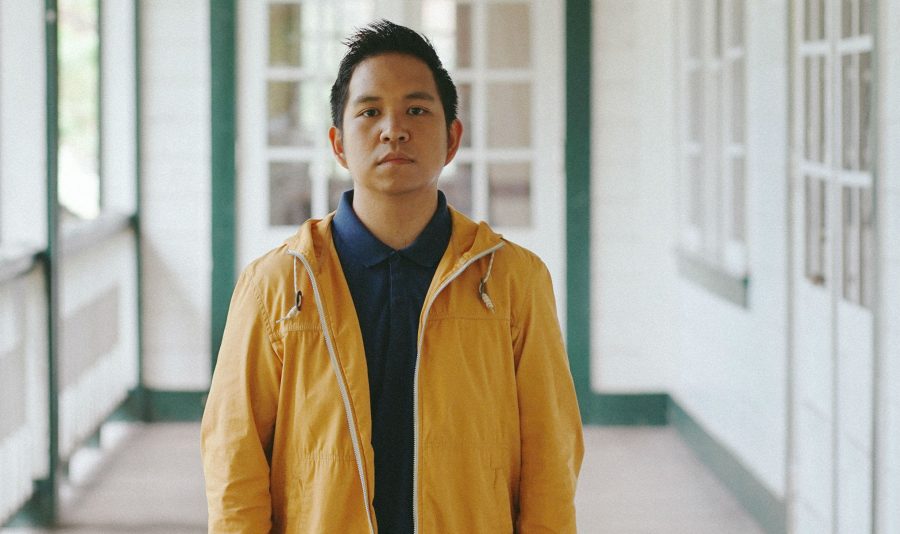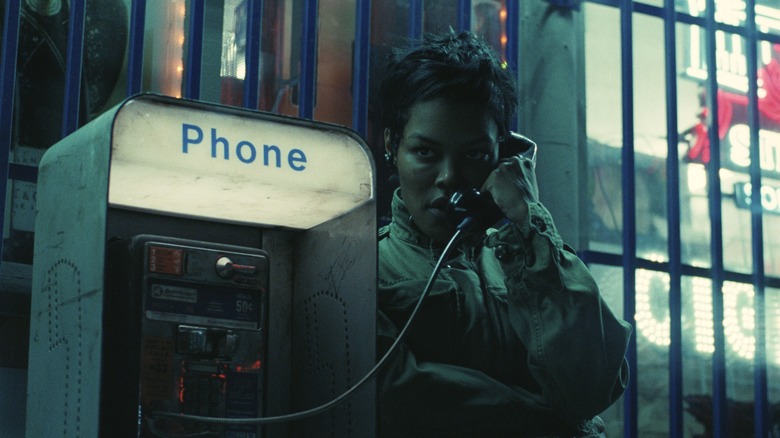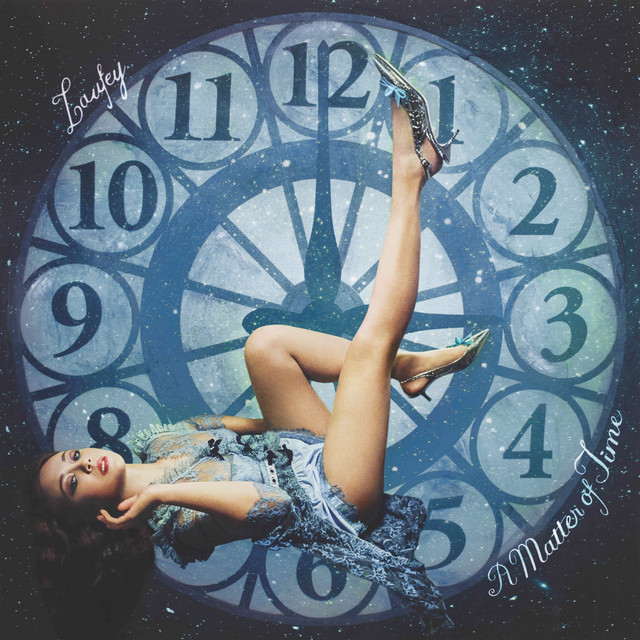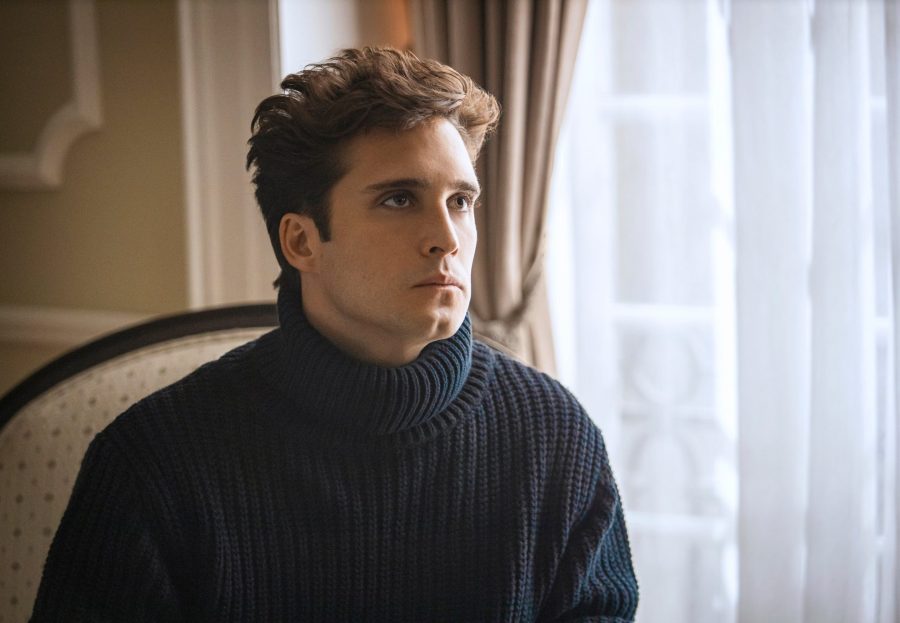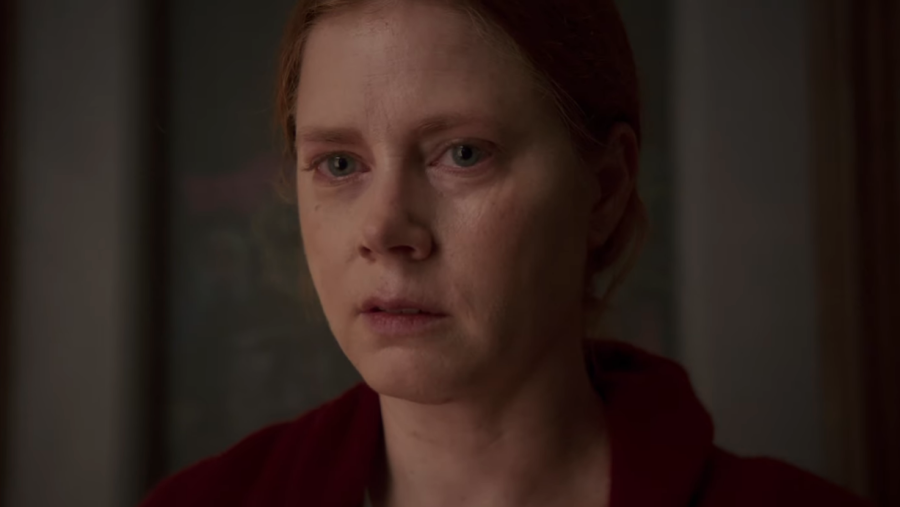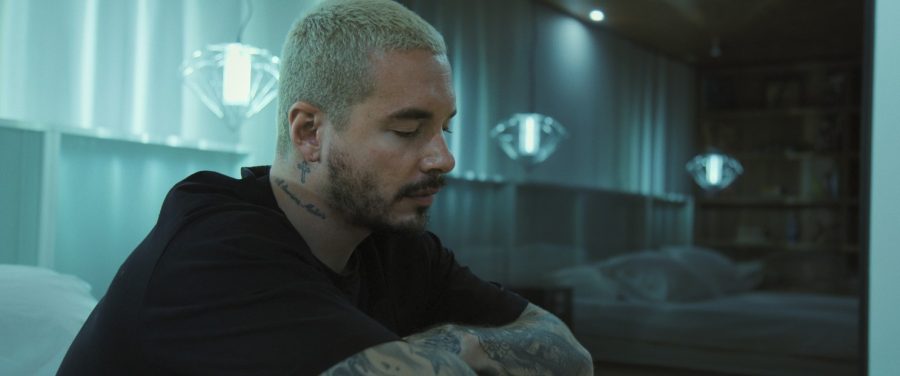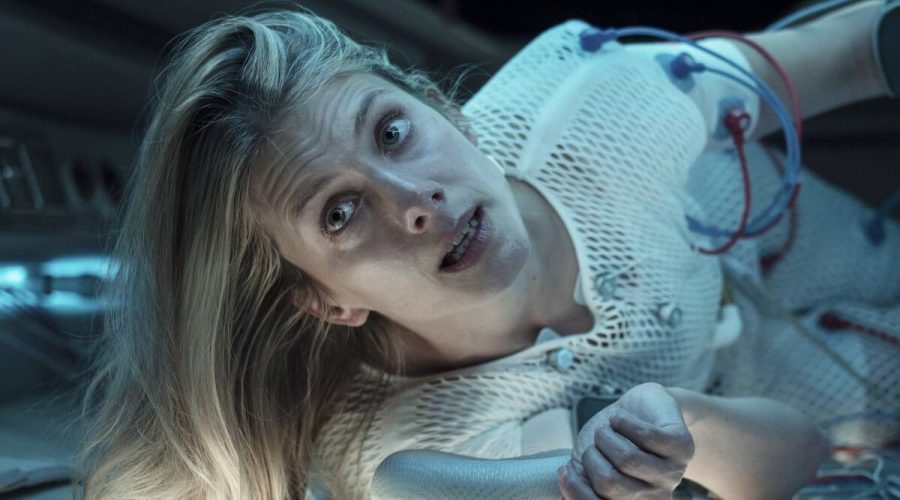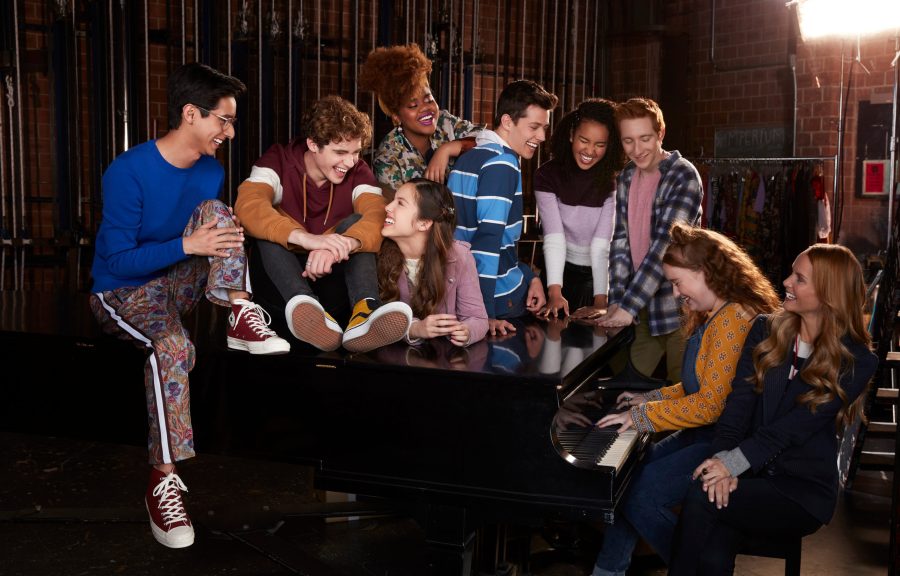The Guardian sits down with Thop Nazareno, director of “Kiko Boksingero.”
First off, you have a film focused on two subjects: a young boy growing up and boxing. Why did you choose these subjects? Did one come before the other?
Yes. Initially, I wanted a family story, and I always wanted to make a film about children and how helpless they are with the circumstances they’re in. The boxing came in while I was already developing the script. Boxing is a big part of the culture in the Philippines, because you know, Manny Pacquiao is now a big thing, and everyone looks up to him as a quote-unquote “national hero,” an inspiration, and an aspirational icon.
Were there any real life people or relationships that inspired the characters of George and Diday, or that also inspired the particular kinds of relationships they had with Kiko?
Yes. The whole story was inspired by a real person. There was a real Kiko, a childhood friend, who was a few years younger than me and grew up without a mom. Although his dad was around physically, they didn’t have an emotional connection. His family was his nanny. We cheated Diday into the film, so yes, it’s based on a true story of Kiko, inspired by a real story.
And George, too? Was there a George, possibly?
Not exactly in terms of the real George, but, for example, I have friends who became early fathers who weren’t prepared for the responsibility, and I think that influenced me in developing the character of George.
And let’s talk about the look of the film. I’ve noticed that it has a very smooth, very earthy color palette. And even the set design is really clean and homey. And I also noticed that many of the shots were also static shots. Were these simply stylistic and aesthetic decisions, or did you want to convey something deeper through the film’s appearance?
I’m taking the point of view of Kiko in the film. I wanted the audience to feel how Kiko feels. So, I allowed this sense of camera movement and the design to talk about it. It evolves throughout the story depending on how Kiko feels. So, for example, I started with earthy colors and static shots, because that’s how Kiko feels. Everything is mundane. But then when his dad came, everything changed. Very masculine, and the shots were moving.
I’m curious about the score, too. It’s very lovely and quite fitting with the film. What was the process of developing the film’s music?
We actually had very few days to work on the music; I think a weekend. So the first thing that came into mind about the score was that I wanted it to be a minimalist kind of music. I didn’t want too much instrument in it. And I also wanted to put an elemental voice of a woman, which kind of reflects the absence of Kiko’s mom. I wanted it to have an indie-alt feel, which matches the pine trees and the setting of the film.
One recurring plot point was Kiko and his dilemma with eating his vegetables. It’s something that seems very commonplace in many families, and yet you were able to bring a greater emotional depth to it. Could you expand on that?
Yeah, I think it makes Kiko relatable to everyone. We’ve all been there growing up, and as a kid, you don’t like vegetables. And it makes it relatable to the audience. I used it as a device too, to show Kiko’s evolution, maturity, because it is a coming of age story.
And speaking of Kiko, how was it like working with Noel? He’s a very young actor. And how different or similar was it working with such a young talent than from working with adult actors?
Working with Noel … He’s not really new in acting; he has a musical theater background. He’s been acting since he was six. When we shot this, he was 13. He looks younger, though. He actually had won acting awards. He’s had this musical theater background developed at eight. That’s when we actually discovered this one adaptation of “The Little Prince” where he played the role of the prince. That’s when I discovered him and decided I wanted this kid to play Kiko. And it was easy to work with him. He had experience, and he can easily pick up instructions. He’s a very cool kid; he doesn’t have tantrums and all that, which is the scariest part of casting a kid. And his parents are very supportive; they treat me as their other son.
Did you encounter any setbacks, or were there any interesting experiences that you had while filming this movie?
The biggest problem wasn’t actually in the filming, but before the filming. Since it’s my first film, it was so hard to get funding and convince producers that I can pull off a full-length feature. So that’s been a big struggle. But for the filming part, I was surprised that we were able to pull it off. I think that the only problem we had during the shoot was … it rained. On one of our shooting days, it rained. We couldn’t afford to add an additional shooting day, but we were still able to pull it off. So, I think the main setback was before the filming, then we were in actual trouble.
Did you have a reason why you chose that particular location?
I treat the location as an additional character in the scene. This place is called Baguio City. They call it the City of Pines. It also has a boxing culture because of the high altitude. Boxers train there in the mountains, so that took to the story itself. But mainly because I treat it as an additional character, now it helps push the story and push Kiko’s emotional journey.
What do you think makes this particular story about Kiko relevant or relatable to both Filipino audiences as well as other foreign audiences like Americans?
I wanted to tell a very universal story. A story that can break cultural differences and focus on family — and everyone has family. And you see your mom, or if your dad leaves you, then it doesn’t matter what country you’re from, you’ll be able to relate to that. So, I think, that itself is a family story. I think that makes it relevant to everyone.
Kiko has to eventually move to America. However, you did not show that. Will you ever consider crossing over to America, or would you like to continue creating Filipino-based stories?
I don’t mind creating an American-based story. Since I finished my elementary here [in the U.S.], the U.S. has a special place in my heart. Actually, my next film, I want to take a project that I can shoot here, and maybe film it in the Philippines, like a co-production thing.
Is there any advice you would tell your younger self, or possibly an aspiring director?
I think, first thing, you have to really love what you’re doing. You have to make sure that you love something not because of money, not because of fame, but because you like telling stories, because you would die to tell a story. So, I think just keep the passion. And don’t give up, because it’s not easy. And you will run out of money, you will get your heart broken, but at the end of the day, it’s only you and yourself, and that’s the only thing that matters.
This interview has been edited and condensed for clarity.


